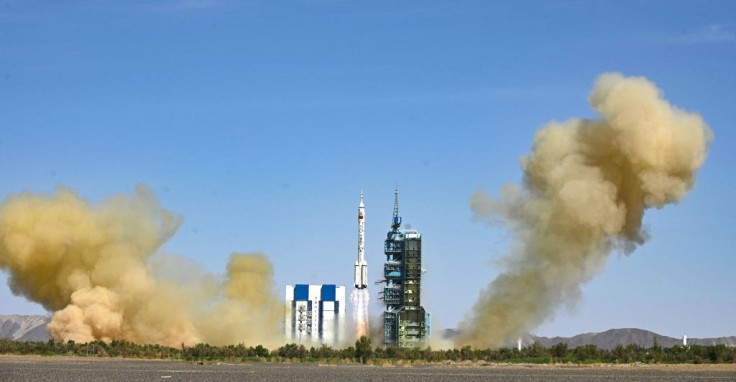
Beijing has moved a step closer to achieving the ambitious objective of having the orbiting outpost completely operational by the end of the year with the launch of the second of the three main modules that would comprise its anticipated space station.
China's Second Module Successfully Launches
Wentian, which translates to "quest for the heavens," was launched into orbit by China's most powerful rocket, the Long March 5B, as per Aljazeera.
The Verge reported that the 23-ton laboratory module was launched at 2:22 a.m. ET (2:22 p.m. local time) from the Wenchang Space Launch Site in Hainan, China, and docked to the Tiangong Space Station at 3:13 p.m. ET (3:13 a.m. local), or roughly 13 hours later.
Beijing sent the space station's first module into orbit in April 2021, which was followed by this launch.
BREAKING! Wentian Laboratory Module has docked with Tianhe Core Module. Shenzhou-14 astronauts will later enter the new lab module#CZ5B #Wentian https://t.co/bAnANc9mKh pic.twitter.com/USUp8frkgg
— China 'N Asia Spaceflight 🚀𝕏 🛰️ (@CNSpaceflight) July 24, 2022
Watch this footage of #Wentian docking. Blurred recording of the mission control screen, but still great to see the thrusters firing and the final moment of connecting
— China 'N Asia Spaceflight 🚀𝕏 🛰️ (@CNSpaceflight) July 24, 2022
(c)北京蓝龙 https://t.co/lV7iVKU0UG pic.twitter.com/uaiIAaUG2R
What Will the New Module Be Used For?
The Wentian module is equipped to permit the taikonauts, or Chinese astronauts, to conduct a variety of scientific investigations while they are stationed there. Three additional sleeping areas will be available in the extra module, along with an additional airlock for crew members to use for spacewalks, according to The Verge.
The space station, dubbed Tiangong, which means "heavenly palace," is expected to become operational by the end of the year after the launch of the third and final module in October.
Once the last module has docked, the Tiangong Space Station will form a T-shaped structure. When completed, the whole T-shaped structure will be around one-fifth the size of the International Space Station.
Safety Concerns on Long March 5B
The Verge mentioned that after delivering Wentian, there are some questions regarding where the enormous Long March 5B rocket will fall.
This kind of rocket operates differently from most others in that it drops its lower stages into the ocean below safely. With no means of rerouting or controlling its path when it crashes to Earth, it launches its complete first stage into low-Earth orbit to deliver its payload.
China's Preparation for Space Exploration
As previously reported, a manned mission from China carrying three astronauts to its new space station was successfully launched last month. In the Gobi Desert of Inner Mongolia, at the Jiuquan Satellite Launch Center, the crew launched the Shenzhou-14 spacecraft.
The astronauts will stay and work in the Tianhe core module of the Tiangong Space Station for six months before returning to Earth in December.
The space station is currently undergoing its third crewed mission, and China expects to have it fully staffed and operational by the end of the year.
Since 2011, when the U.S. forbade NASA-one of the five space agencies involved in the project-from communicating with China, the letter has been denied access to the International Space Station, as reported by Aljazeera.









